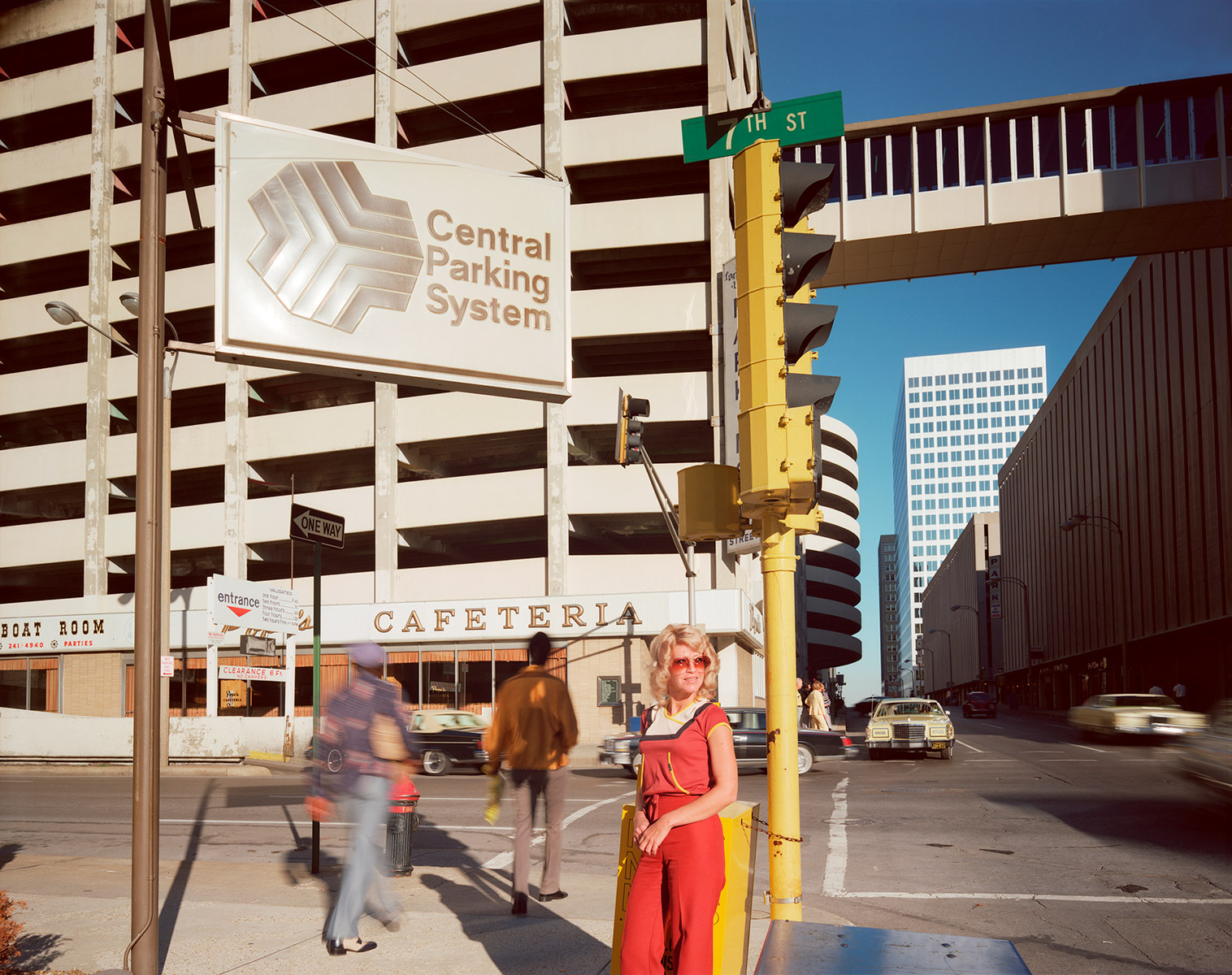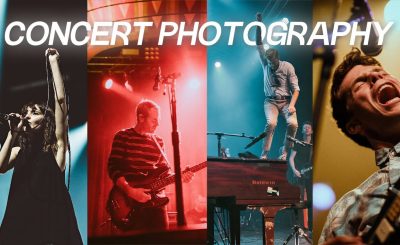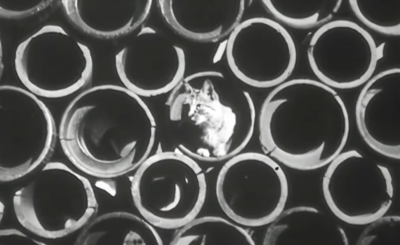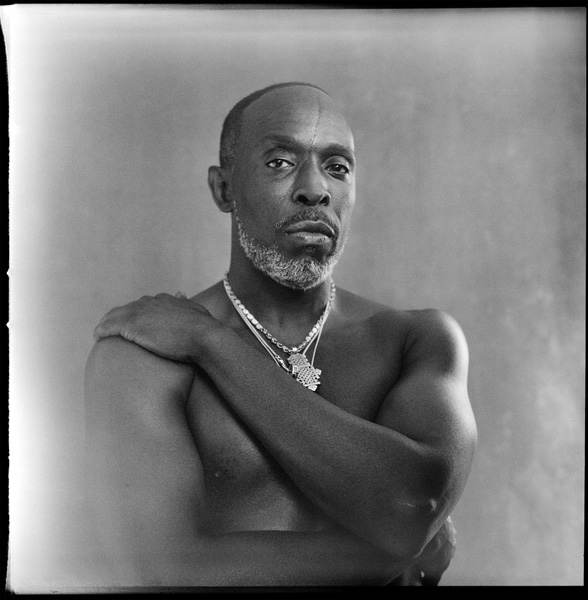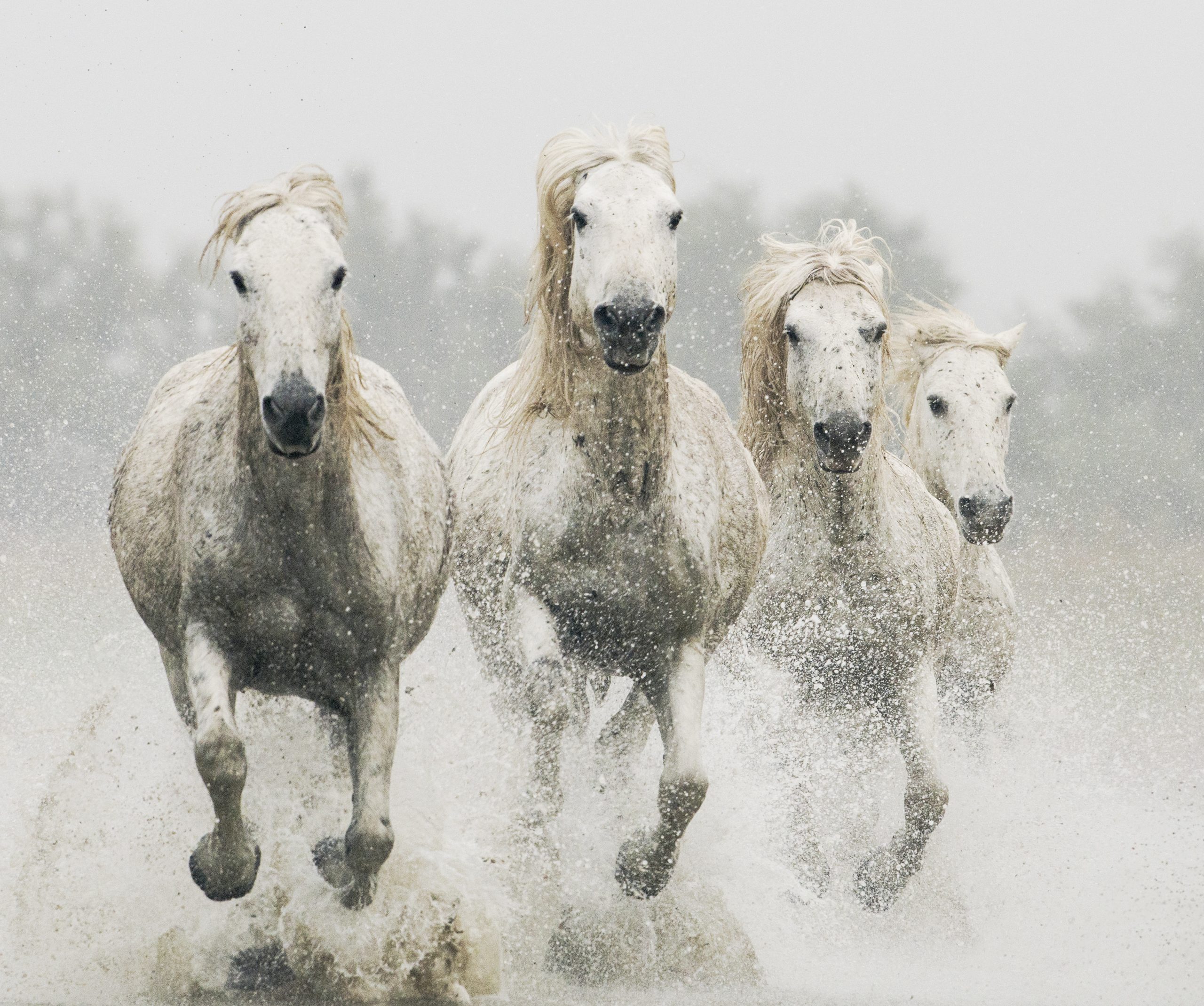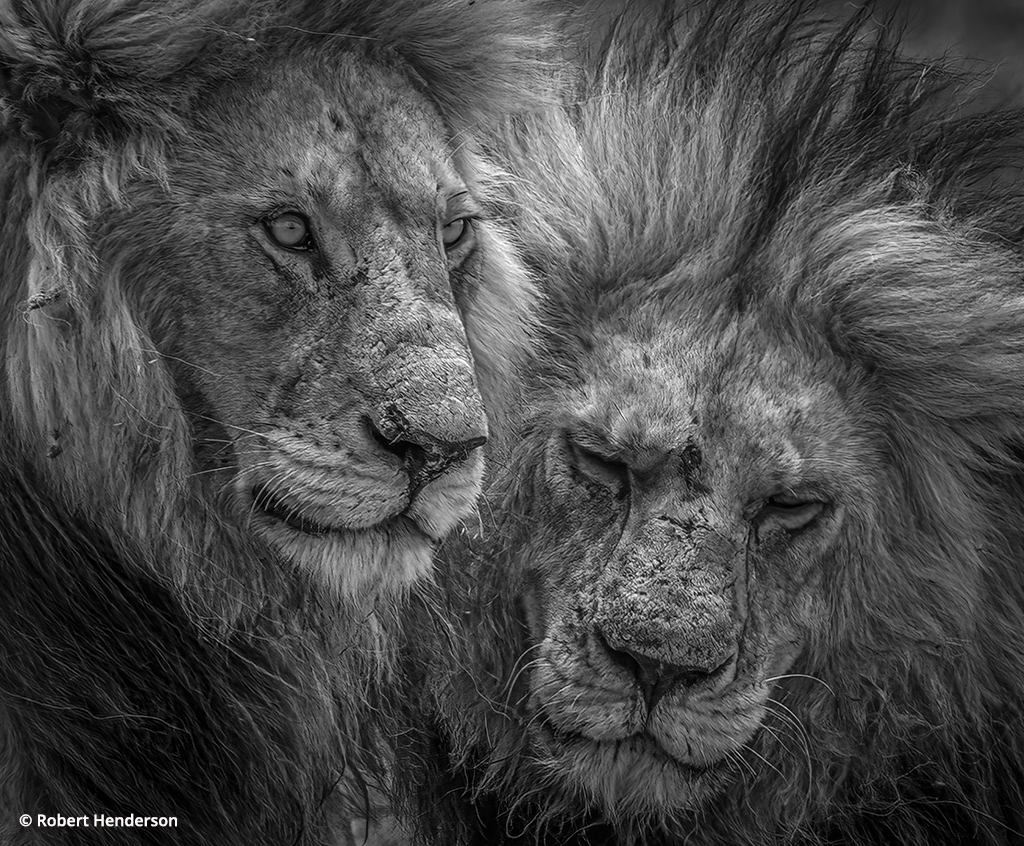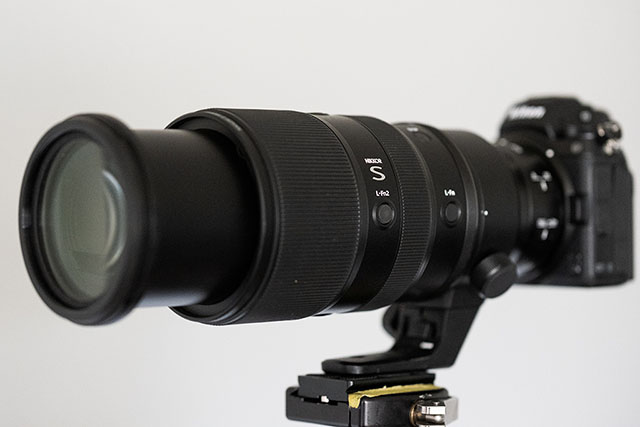This spring, Damiani releases the oral biography of Joel Meyerowitz—one of American photography’s most legendary figures. The Pleasure of Seeing offers a look at his life and career, revealing some of the behind the scene stories of his most well-known images. In this excerpt Meyerwitz shares with Lorenzo Braca how he chooses what lens to shoot with.
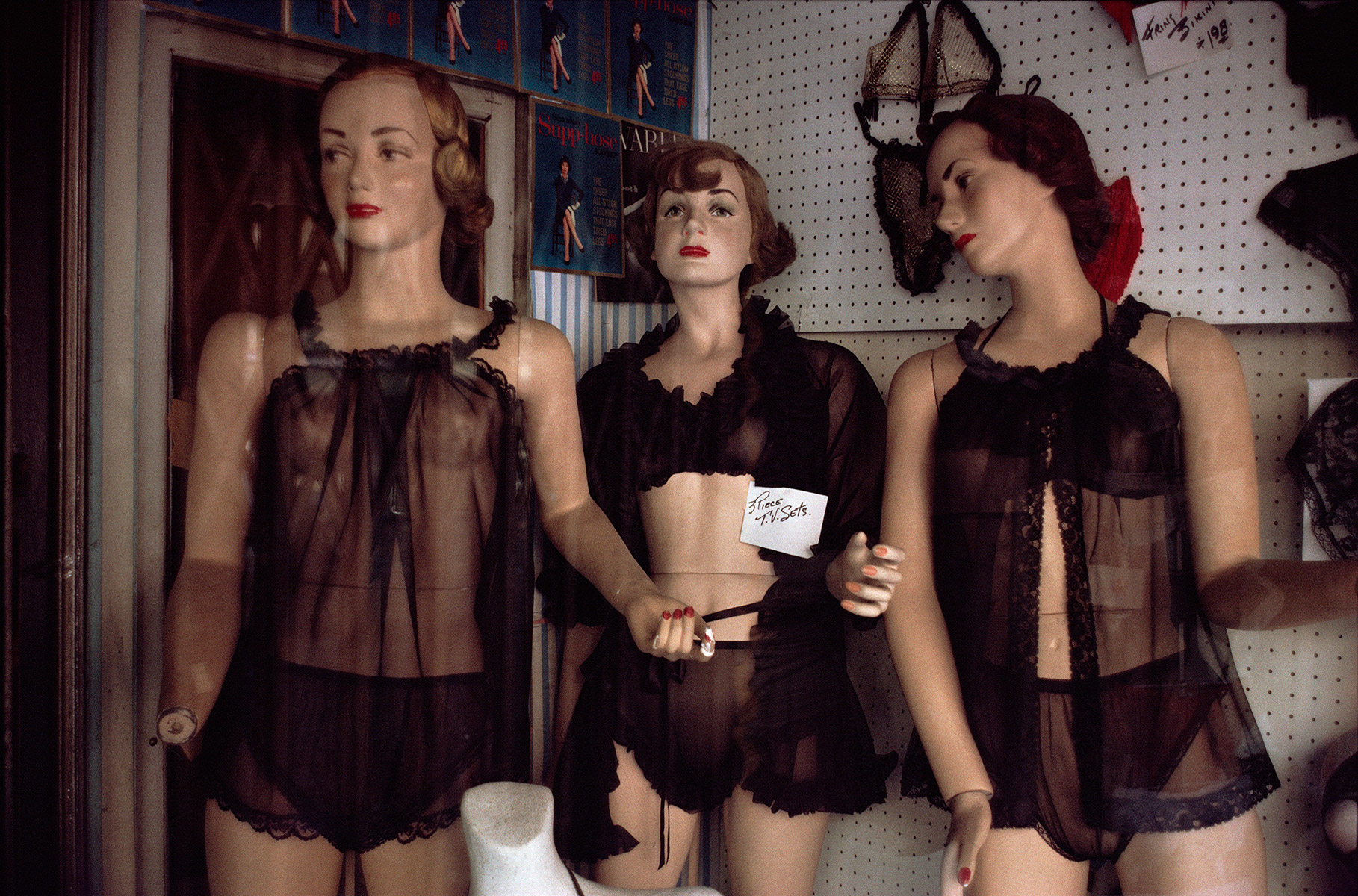
Lorenzo Braca: Let me ask you a question about lenses—50mm, 35mm, 28mm, and so on, how did you decide what to use?
Joel Meyerowitz: I always carried two cameras and three lenses. I always had two 35mm and one 28mm. After 1963, I didn’t carry the 50mm at all. When I borrowed the camera from my boss, Harry Gordon, he gave me a Pentax with the 50mm lens. I was using that, and within the first month or so, I started to feel frustrated. I had to be too far back from what I saw, it was choking me. I didn’t have any money, I was earning fifty-five dollars a week, which was about twenty-five-hundred dollars a year. When Harry and his wife Charlotte moved to Spain, she left me a job as art director for a small magazine. She made ten thousand dollars a year. As soon as I did the first issue, I went out and I bought a Zeiss Flektogon 35mm screw-in lens for the Pentax, and it changed my life—“I can see now!”. What it showed me was that my impulse to pick up the camera, was related to what I saw in it. The 35mm was a one-to-one lens, and I felt comfortable with that, and so it became my standard lens.

©Joel Meyerowitz, Courtesy Howard Greenberg Gallery.
Lorenzo Braca: When did you get your first 28mm?
Joel Meyerowitz: The 28mm came a few years later, when I had to do a job where I was going to be in a tight living room. I bought a Nikkor 28mm screw-in lens, and I got an adapter for the Leica. It was a tiny piece of glass (I still have it!) and a very slow lens, with a little fall off on the edges that I had to correct in the darkroom. It was the lens I went to Europe with, and a number of the European pictures that are in color are 28mm. The only other lens I had was a 180mm Zeiss Sonnar lens, that was sold to me by Alfred Eisenstaedt. It was a pre-war lens that he bought in Germany. He bought a new Nikon automatic lens that he didn’t have to stop down manually, but this lens you had to manually stop down while you were shooting… and I loved it. I could see just where everything was, I knew the exposure, and I could just go with it!
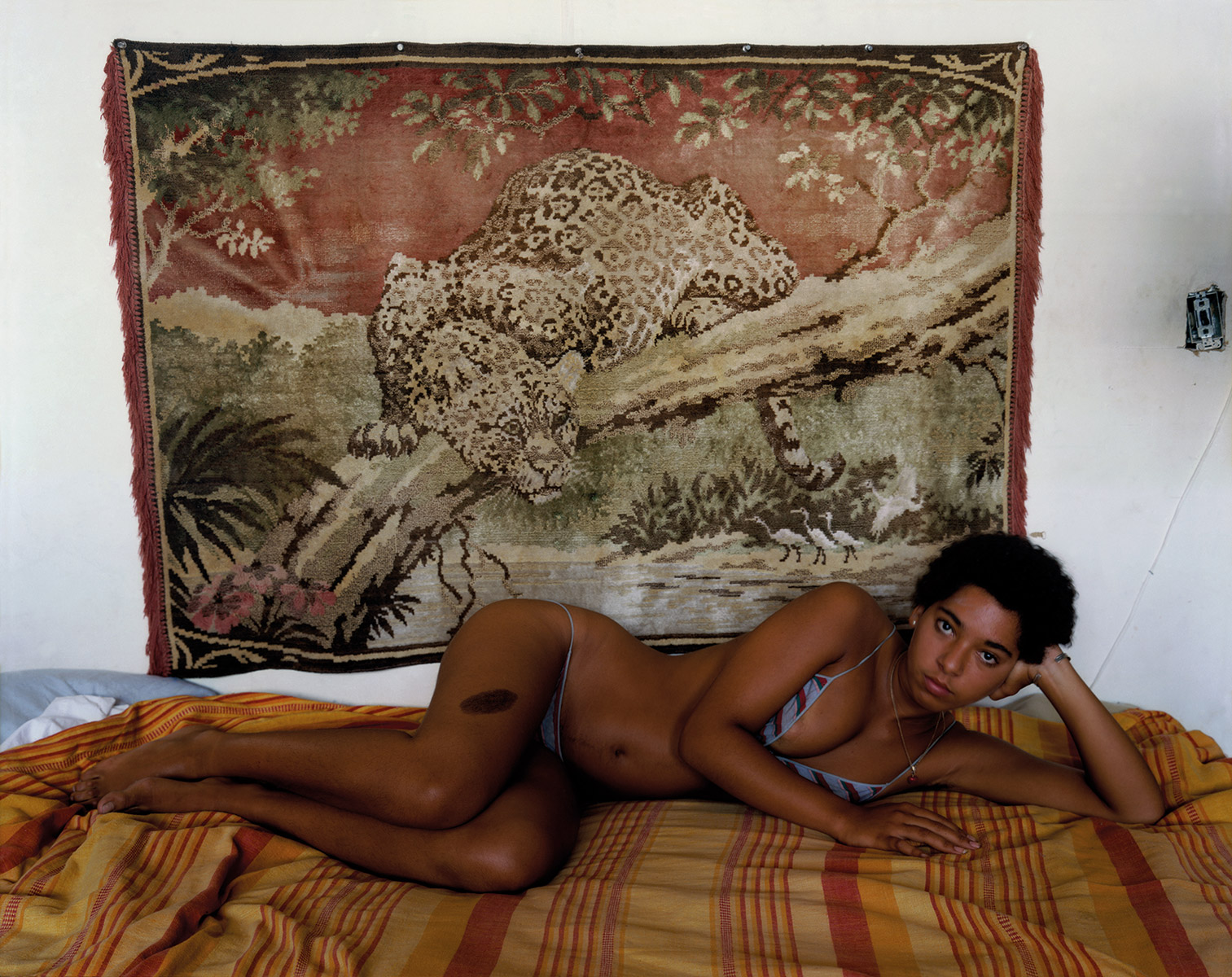
Lorenzo Braca: That’s a pretty old lens! Was it still in good working condition?
Joel Meyerowitz: I took it to Marty Forscher, who was the repairman for the professionals in New York, and I had him adjust it for my camera and inspect it for damage. He said, “Oh this is Eisie’s lens!”, I said, “How did you know?”. “He’s brought it in so many times!—he said—Joel, this is the best piece of glass you’re ever going to buy. Don’t ever sell this lens”. I still have it to this day! So, it was a matter of finding my right feeling of the distance of things. As I said, 35mm was the standard for me. Occasionally, when the light was failing and I needed the depth of field, I would go to the 28mm and use that to pick up the distance. I would try to be a little closer but I would have more depth of field. That was the only reason I used it. I didn’t want to lose the detail in the backgrounds.
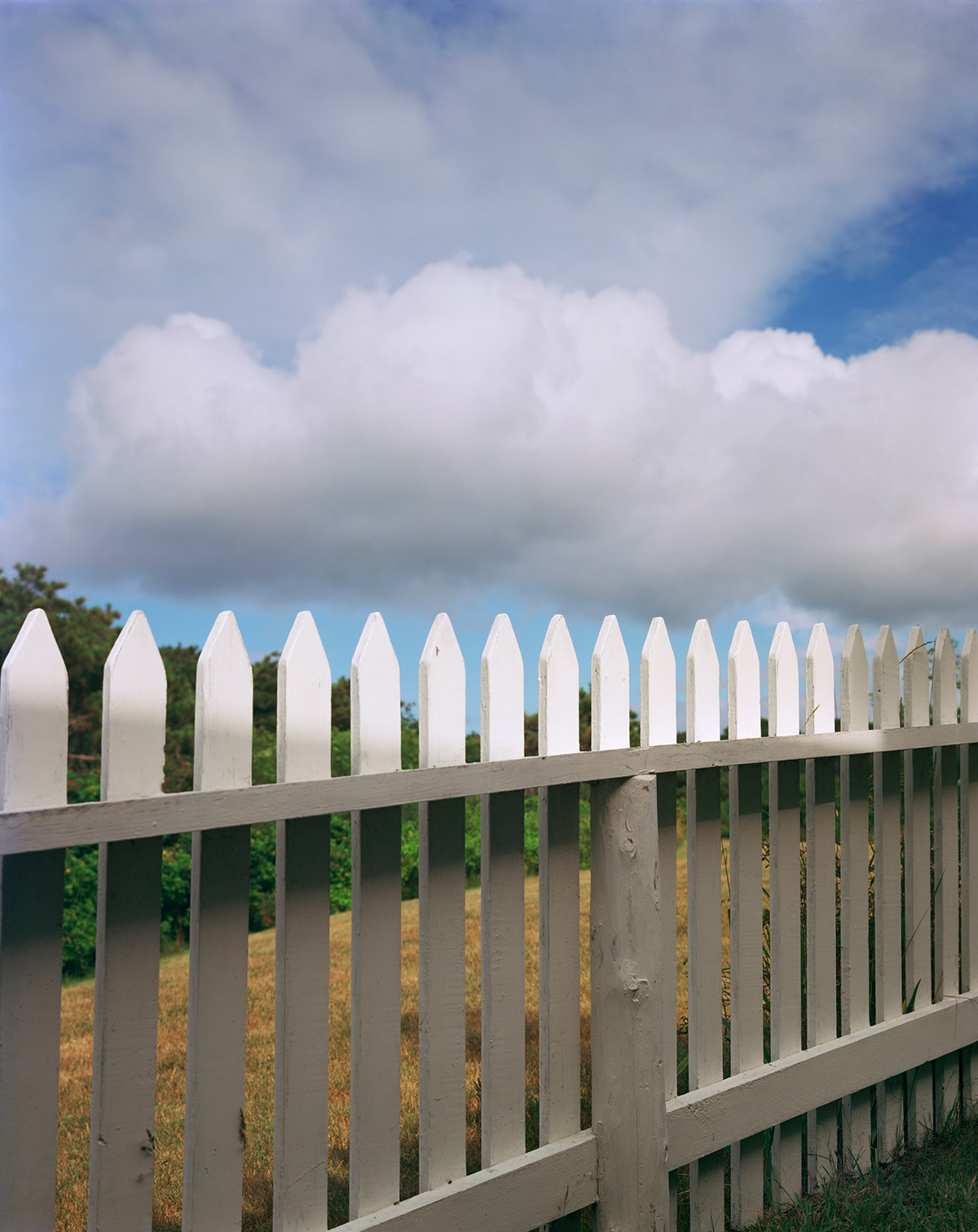
Lorenzo Braca: You didn’t mind the way the 28mm flattens things in the background, or even creates small distortions.
Joel Meyerowitz: The first 28mm lens that I used for most of the shooting did distort if you bent, or if you looked slightly down or up, so I learned to make a little dip. I just dropped about three or four inches when I worked with the 28mm, so that I stayed flat to the field. Now I use an aspherical 28mm lens, and I like the fact that it doesn’t have distortion, that it gives me the depth of field that I need and it allows me to make a more spatially complicated image.

Lorenzo Braca: Ever tried any wider lens?
Joel Meyerowitz: Yeah, I have a 21mm lens. […] When I knew I was working in areas of strong shadow, I switched to 21mm, so that I could get the depth of field. But also open up enough to manage some of the details in the shadows. It was all before digital and before Photoshop. I was working the corners trying to pack the frame, so the 21mm gave me a little bit more pack.
The Pleasure of Seeing will be available May 16 through Damiani, pre-orders are available now.
